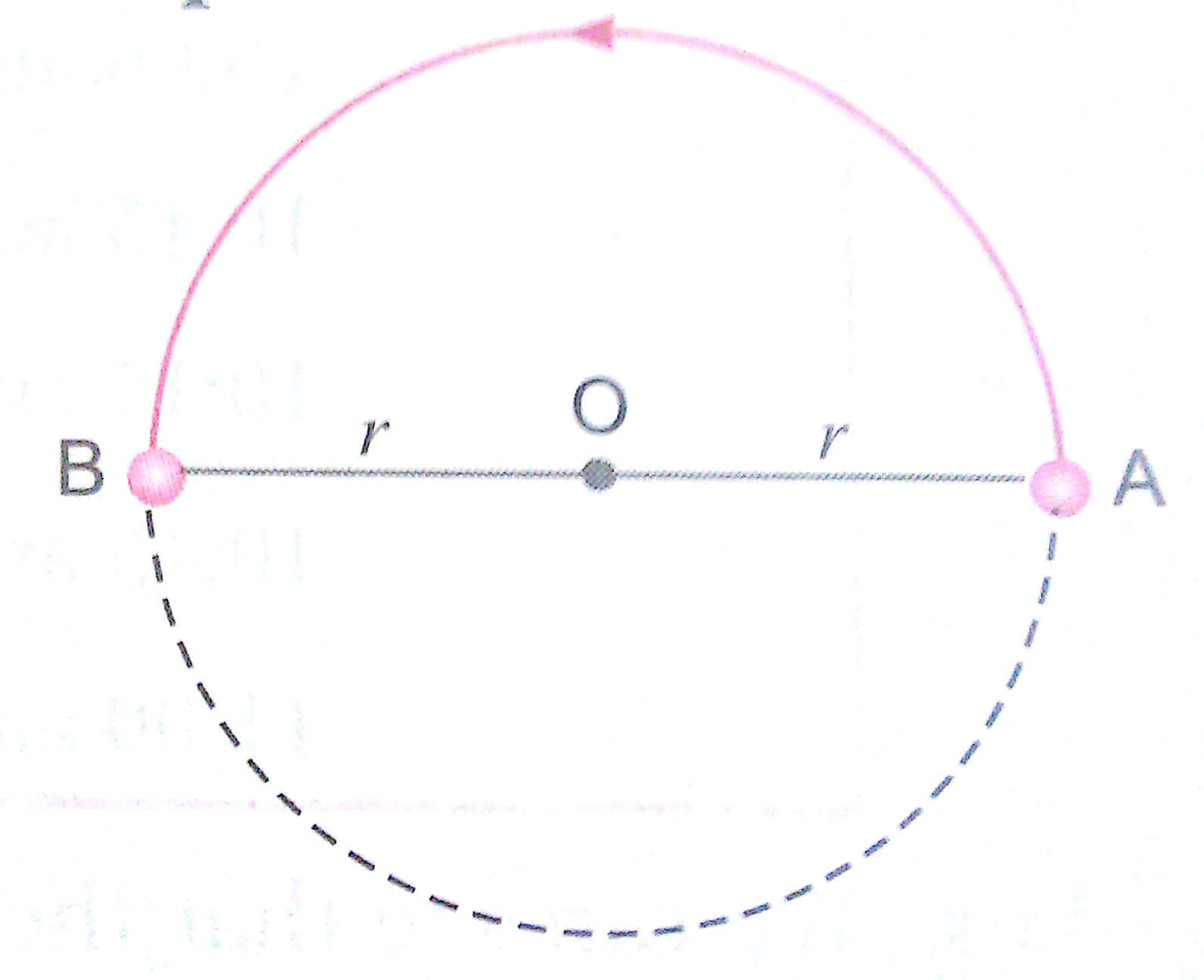Short Answer Questions – I - 2 Marks
Q1. Give an example of a body which may appear to be moving for one person and stationary for the other.
Ans. The passengers in a moving bus observe that the trees, buildings as well as the people on the roadside appear to be moving backwards. Similarly, a person standing on the roadside observes that the bus (along with its passengers) is moving in forward direction. But, at the same time, each passenger in a moving bus or train observes, his fellow passengers sitting and not moving. Thus, we can tell that motion is relative.
Q2. How can we describe the location of an object?
Ans. The describe the position of an object we need to specify a reference point called the origin. For example, suppose that a library in a city is 2 km north of the railway station. We have specified the position of the library with respect to the railway station i.e., in this case, the railway station acts as the reference point.
Q3. What do you mean by average speed? What are its units?
Ans. Average speed is defined as the average distance travelled per unit time and is obtained by dividing the total distance travelled by the total time taken.
The unit of average speed is the same as that of the speed, that is, ms-1.
Q4. What is the difference between uniform velocity and non-uniform velocity?
Ans. Uniform velocity: An object with uniform velocity covers equal distances in equal intervals of time in a specified direction, e.g., an object moving with speed of 40 kmh-1 towards west has uniform velocity.
Non-uniform velocity: When an object covers unequal distances in equal intervals of time in a
specified direction, or if the direction of motion changes, it is said to be moving with a non-uniform or variable velocity, e.g., revolving fan at a constant speed has variable velocity.
Q5. What do you understand by instantaneous velocity?
Ans. Instantaneous velocity is the velocity of a body at any particular instant during its motion. For example, the instantaneous velocity of a motorcycle at a particular instant is 40 kmh-1 if it is moving at 40 kmh-1 at that particular instant. It is measured by the speedometers on the vehicles.
Q6. What is negative acceleration?
Ans. If the velocity of a body decreases with time, then its final velocity is less than the initial velocity and thus its acceleration is negative. Negative acceleration is called retardation or deceleration. For example, when brakes are applied to a moving truck, its velocity gradually decreases. In other words, it is under retardation.
Q. 7. How will the equations of motion for an object moving with a uniform velocity change?
Ans. Acceleration a = 0, v = u
So, the equations of motion will become
s = ut
v2- u2 = 0
Q8. Express average velocity when the velocity of a body changes at a non-uniform rate and a uniform rate.
Ans. When the velocity of a body changes at a non-uniform rate, its average velocity is found by dividing the net displacement covered by the total time taken.

In case the velocity of a body changes at a uniform rate, then the average velocity is given by the arithmetic mean of initial velocity and final velocity for a given period of time.

Q. 9. A particle is moving in a circular path of radius r. What would be the displacement after half a circle?
Ans. Displacement = AB
= Shortest distance between initial and final positions
= r + r = 2r


